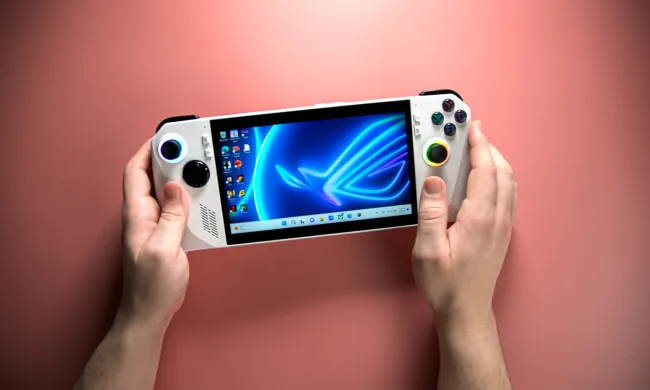Along with a mouse, the keyboard is the core way to interact with your PC, so you’re probably familiar with common shortcuts in Windows like cutting, copying, and pasting.
But did you know there are several shortcuts that go beyond just these basics? From triggering the Xbox Game Bar for screen recordings to opening File Explorer, we take a look at five of these helpful shortcuts that you probably didn’t know about and how they can save you time during your busy day.
Windows Key + E to open File Explorer
At the top of our list is Windows Key + E. This simple keyboard shortcut can save you a lot of time when using Windows. That’s because it triggers the File Explorer. With it, you automatically get a new File Explorer window on top of whatever you’re working on.
No need to scroll down to your Taskbar to open File Explorer, or visit the Start Menu. With Windows 11’s tabbed File Explorer still on the way, this is also a handy way to open new File Explorer sessions, too, as you might already have one open, but need a second to open a reference file or for a paste or copy destination.
Windows Key + Ctrl + Shift + B to reset graphics
Playing a game and things aren’t working right? Is your PC not connecting to your monitor? Or is your PC feeling a bit sluggish? Well, there’s a keyboard shortcut that can help you out before you contact support for help.
With Windows Key + Ctrl + Shift + B, you can reset your graphics driver in Windows. This shortcut will cause your screen to briefly turn black and will eventually reset your GPU drivers. It does this without quitting any of your open apps or games, so you won’t need to worry about data loss.
Windows Key + V for clipboard history
Are you copying and pasting a lot? If you are, then this keyboard shortcut is for you. With this shortcut, you can get an entire view of your clipboard, and everything you’ve copied. That is, if you’ve turned on clipboard history. You can do this by going to Start > Settings > System > Clipboard, and turning Clipboard history to On.
Once triggered, the next time you hit the Windows Key and V, you’ll get a nice popup box showing you everything you’ve copied in the past. This is useful for folks who might be spending a lot of time on Office documents, or if you’re a student who is working on a research paper. You’ll need not worry about losing that word, line, link, or text that you copied. Windows will remember it for you.
Windows Key + T to cycle apps in the Taskbar
In another way to save you some clicks, there’s Windows Key + T. This shortcut lets you cycle through various apps on the Windows taskbar. When you summon the shortcut, you’ll get a box around a specific app that you have pinned in the Taskbar.
You’ll then be able to hit the Enter button on your keyboard to open that app. In instances where you might already be busy working on something in an app you already have in the foreground, this is a nifty way to open a secondary app without even touching your mouse.
Windows Key + Comma (,) to peek at the desktop
Next is a trick that lets you peek at your Windows desktop. This is meant as an alternative to Windows Key and D where you minimize all open windows and get to go back to your desktop. This trick just briefly moves everything you have open to the background and shows you whatever is on your desktop.
It might be useful for you if you need to look at the desktop for a specific file, look at a folder name, or check to see if something you’re looking for is saved on your desktop.
Microsoft lists them all
We’ve just touched on our top 5 keyboard shortcuts that you might not know about, but the list goes on. There are shortcuts for searching with Windows Key + S, Shortcuts for running commands with Windows Key + R, and even for emojis. Microsoft has a full list over on its website, along with app-specific shortcuts for File Explorer, Settings, virtual desktops, and more. There are definitely more ways than one to save your time in Windows with keyboard shortcuts.


